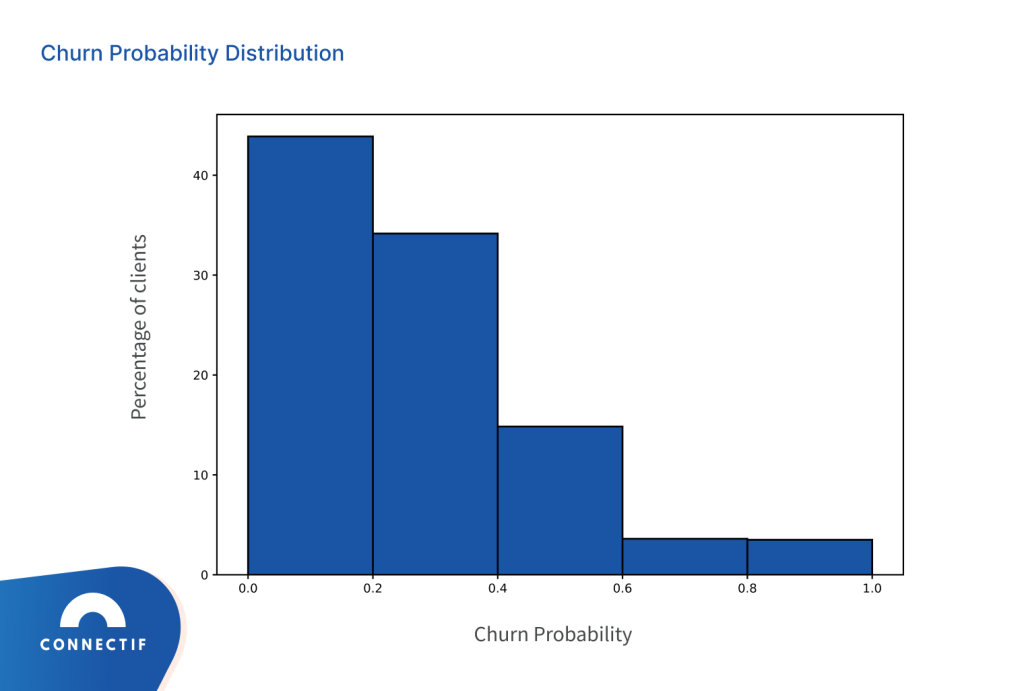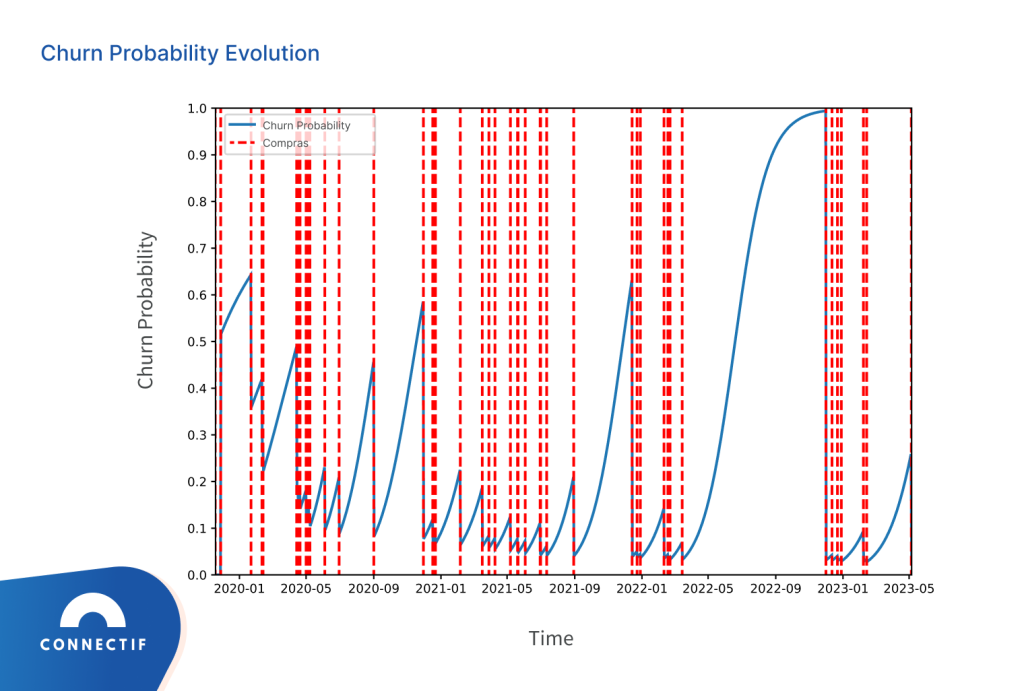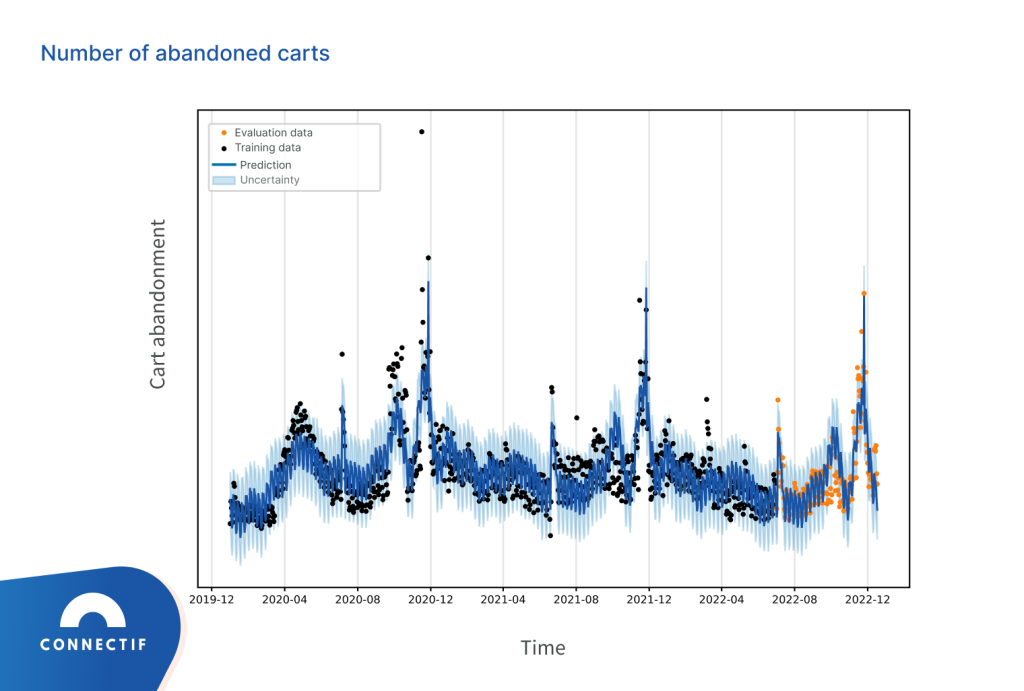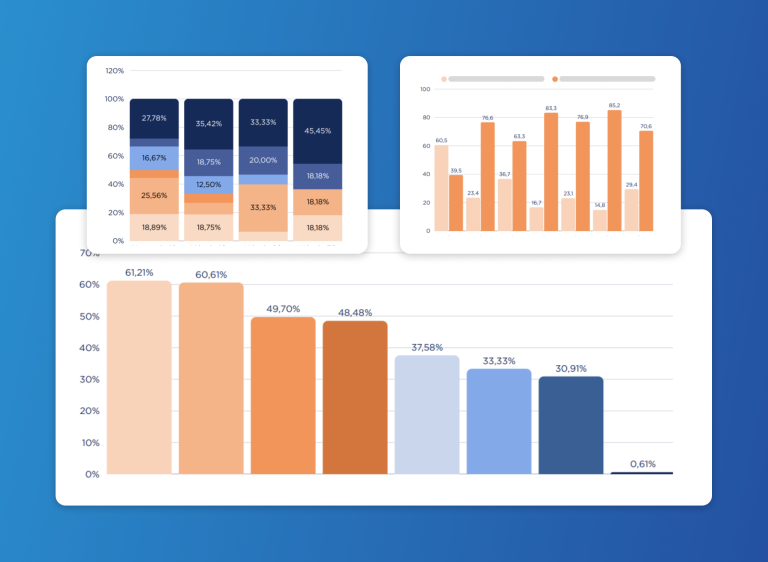In the fiercely competitive world of eCommerce, businesses are constantly seeking innovative strategies to delight customers and skyrocket their online sales. One game-changing tool that is revolutionizing the sector is none other than predictive analytics.
Unleashing the potential of data and AI, predictive analytics empowers eCommerce players to ramp up their marketing game. From unravelling customer behaviour, optimizing decision-making processes, and gazing into the crystal ball of the future, by harnessing the power of predictive analytics, eCommerce businesses gain a precious edge in the race.
Predictive analytics helps eCommerce businesses to accurately anticipate sales trends, foresee customer behaviour, swiftly respond to market shifts, and seize emerging opportunities. This extraordinary foresight enables them to proactively fine-tune marketing strategies, improve operations and maintain a prominent position in the ever-evolving eCommerce landscape.
But just how widespread is the adoption of predictive analytics in eCommerce? Can it truly unlock the ability to predict the future? And if so, how accurately? Most importantly, how can these invaluable predictions be transformed into actionable initiatives?
In this article, we will explore the key applications of predictive analytics in eCommerce and unveil the remarkable benefits it brings to marketers. Along the way, we also reveal the essential instruments you must master to conduct an enchanting symphony of predictive analytics with flawless precision.
The power of prediction in marketing
The growth of predictive analytics in marketing is not a passing trend but a true game-changer for any business aiming to stay ahead, by giving marketers the power to become more agile, precise, responsive and forward-thinking when putting strategies into place.
With the help of predictive analytics, marketers can truly get inside the minds of their customers to predict their future behaviour, purchases, preferences and needs, and then plan, prepare and act in the most relevant and personalized way possible.
Of course, as technology advances and data availability increases, the potential for predictive analytics to empower marketing strategies will continue to expand. But before getting carried away, let’s explore the different ways in which predictive analytics has revolutionized the way marketers approach customer engagement, campaign optimization and sales-boosting strategies in the eCommerce sector.
Predicting customer behaviour
Understanding your audience is the key to eCommerce success. The ability to predict and anticipate the actions that your customers will take can help improve marketing strategies, personalize the user experience and maximize the revenue of your online shop.
With the huge amounts of data businesses accumulate from many sources, including website traffic, customer demographics, and purchase history just to name a few, predictive analytics empowers marketers to extract meaningful insights from this data goldmine. With these insights, marketers can identify patterns and trends that shed light on customer preferences, interactions and spending habits.
Armed with predictions about their audience, marketers can then formulate effective strategies to target different customers based on their expected behaviours with a higher chance of success. Here are some examples of predictions that marketers can make about customer behaviour, and recommendations for the action they can take for maximum effect.
How much is a customer likely to spend?
Indicator: Before splashing out on flashy marketing campaigns that promote your most expensive products, first it’s worth finding out how much a customer is expected to spend on your brand. This is where our first predictive metric comes into play: Customer Lifetime Value (CLV).
CLV is calculated by fitting a statistical model with your purchase data. In general, the purchase behaviour of customers of an eCommerce can be thought of as a Bernoulli process where at each transaction opportunity (e.g., day, month or year, depending on the frequency of our business model) there are just two possible outcomes: to buy or not to buy. The sequence of outcomes is described as an stochastic variable.
This underlying Bernoulli process can be derived just by looking at the recency (i.e., time of the last transaction) and frequency (i.e., number of buying transactions).
By looking at these two statistics, you can derive a model which can then be used to make predictions about how many purchases you can expect to see from a customer in the future.
After estimating the expected number of purchases, you can then calculate the monetary value of the expected number of purchases.
Action: By identifying and understanding the long-term value of your customers, you can focus your marketing efforts on nurturing and engaging with those who contribute the most to your bottom line, while also putting a strategy in place to boost the predicted CLV of the rest of your customers.
For example, you could group your customers with high Customer Lifetime Value into a segment to target with hyper-personalized content, loyalty incentives and more to keep them happy and loyal to your brand in the long-term.
How likely is it that your customer is going to make a purchase?
Indicator: While some customers are all set to spend more in your shop, others may be looking to take their online spending elsewhere. In order to predict how likely a customer is to buy from your shop – or abandon it completely – it’s time to turn to another predictive metric: Churn Rate.
Churn Rate measures the likelihood of your customers disengaging with your business. In eCommerce, customers do not explicitly “churn”. They simply stop buying from you. This complicates churn modelling since no specific event is observed in reality. Instead, you need to rely on statistical methods to determine how likely it is that a customer is going to abandon your business. We can think of it as though the customer could churn after each transaction with a probability p.
In general, a healthy Churn Rate tends to be considered to be below 40%. If a customer has a predicted Churn Rate between 40% and 60%, it’s time to take action before they’ve gone for good. While Churn Rate helps you predict which customers are unlikely to visit your shop again, P-Alive helps you predict which customers are likely to buy from your shop again. P-Alive is just the opposite of churn. For example, if a customer is predicted to churn with a probability of 25% means that is alive with a probability of 75%.

In this graph, you can see how 78% of sales are made when a client’s Churn Rate is below 40, compared to 14.5% of sales when the Churn Rate is between 40 and 60, and just 7.5% when the Churn Rate is above 60.
By leveraging Churn Rate, and indeed P-Alive, you can focus on giving special attention to your at-risk customers in order to encourage them to stay (and pay!) while also maintaining a healthy and engaged customer base.

In this graph we can see how with each purchase, the Churn Rate decreases because we understand that if you have just bought, you are likely to do so again. However, as time passes between purchases, the Churn Rate increases. An interesting fact that you can see in the image is that the longest period without a purchase (approximately between April and November 2022) is interrupted by a purchase triggered by promotional content sent to that customer.
Action: By having a clear vision of your customers’ propensity to purchase and likelihood to disappear for good, you can make sure you have strategies in place to keep all of your customers hooked and coming back for more.
For example, for customers with a 75% Churn Rate, you can ply them with incentives to stay put. One way to do this could be to send them an email with personalized product recommendations related to their previous order to lure them back to your online shop. You could also go one step further by offering an incentive such as a discount coupon, free delivery and so on, to give them that extra push they may need to go ahead and make a purchase.
Predicting the state of your sales
Predictive analytics plays a vital role in helping eCommerce businesses predict the future state of their sales. By analyzing past sales data, customer behaviour, market trends, and various external factors, businesses can uncover insights into future sales performance and develop marketing strategies based on accurate predictions rather than relying solely on intuition.
In terms of accuracy, predictive analytics considers a multitude of factors that influence purchasing behaviour. These models can account for seasonality, promotions, pricing changes, marketing efforts, and other variables to provide a more precise estimate of future sales volumes.
How much can you expect to sell in your upcoming sale?
Indicator: Predictive analytics also empowers businesses to predict future sales. By analyzing past sales patterns, customer behaviour, market trends, and other relevant data from your eCommerce channels, you can gain valuable insights into how many sales to expect over a specific period of time or during a promotional campaign.

When it comes to the high-stakes landscape of sales campaigns such as Black Friday, predictive analytics acts as a strategic compass, guiding your business in determining the optimal quantity of products, identifying popular items, and aligning resources accordingly. Also, by accurately predicting your expected sales volume, your business can ensure it has the necessary inventory levels, staff, and infrastructure in place. This way, you can avoid being caught short-handed, preventing missed sales due to stockouts or disappointing your customers with long waiting times… and the last thing any business wants is to disappoint their customers!
Action: If your online shop saw a surge in demand for gaming consoles during last year’s Black Friday sales campaign, there are several proactive steps you can take to capitalize on this foresight. For example, you can ensure that your online shop is stocked up with an ample supply of gaming consoles before your sale begins to meet the expected rush of customers.
You could also get ahead of the game and launch a targeted pre-sale campaign to promote the latest and greatest gaming console available in your online shop. This targeted approach may also help to attract the attention of new customers who are avid gamers, further boosting your sales potential before the campaign has even started.
How many carts will be abandoned during a campaign?
Indicator: Similarly to forecasting how many sales your business is going to make, it is definitely also worth your time forecasting how many carts you can expect to be abandoned on your website. Cart abandonment is a very common issue for eCommerce businesses, especially during a seasonal promotion.
In order to predict how many carts you can expect to be abandoned in this year’s campaign, you can dig into your historical data and compare total visits to total carts abandoned last year.

In this chart, the legend is the same as the one provided in the previous chart. Again, you can see that with some accuracy, the model is able to predict the number of cart abandonments.
Action: For example, if 50% of your website traffic abandoned their cart during last year’s Summer Sale, you can predict that this year may be similar.
In this case, it would definitely be worth your time to implement a strategy to get your website visitors to recover their abandoned cart, whether it’s displaying a pop-up when a customer shows exit intent without buying the products in their cart, or sending an email with the products they left behind along with a countdown of when the offer will end.
Which new customers are likely to spend in your sales?
Indicator: Once the discount lovers have been identified based on historical data, you can leverage the power of predictive analytics to find other customers in your audience who are likely to be interested in your upcoming sales campaign.
Start by analyzing the customer data of your discount lovers and define the characteristics they may have in common, such as purchase frequency, average order value, engagement with promotional emails, browsing behaviour on discounted items, or even membership in loyalty programs associated with discounts.
Using similarity metrics, which can be strengthened with embedded representations, you can create a similarity model based on these characteristics. With these metrics you will be able to find customers that are similar to other customers.
Once applied to your customer database, this model will predict and rank customers based on their similarity to your existing discount lover segment. You can then effectively tap into a customer segment that is more likely to respond positively to your discount-oriented marketing efforts.

First, you can see that if you group them by shape, those with a round shape such as apple or orange would fall in the same category. If you decide to look for similarities by colour, apple and strawberry would be in the same group, as would banana and mango. Finally, if you choose to group by taste, grape and cherry would share a sweet taste group, while kiwi and lemon would be in a different group because they have a more acidic taste.
Action: Once you’ve identified the lookalike customers, you can target them with marketing campaigns that highlight exclusive discount offers or incentives in your online shop, and sit back and watch the sales roll in and overtake last year’s performance.
Conclusion
In conclusion, prediction is power. From predicting when a customer will make their next purchase and identifying potential churn to optimizing your campaigns, the growth of predictive analytics offers tremendous opportunities for businesses to enhance customer satisfaction, improve conversion rates, and drive revenue growth.
As the eCommerce landscape continues to evolve, embracing predictive analytics will be crucial for businesses aiming to stay ahead and thrive in a competitive market. So, get ready to embrace the power of prediction and let your marketing campaigns thrive.
If you’d like to learn more about predictive analytics or see them in action in our marketing automation platform, reach out for a demo today!




